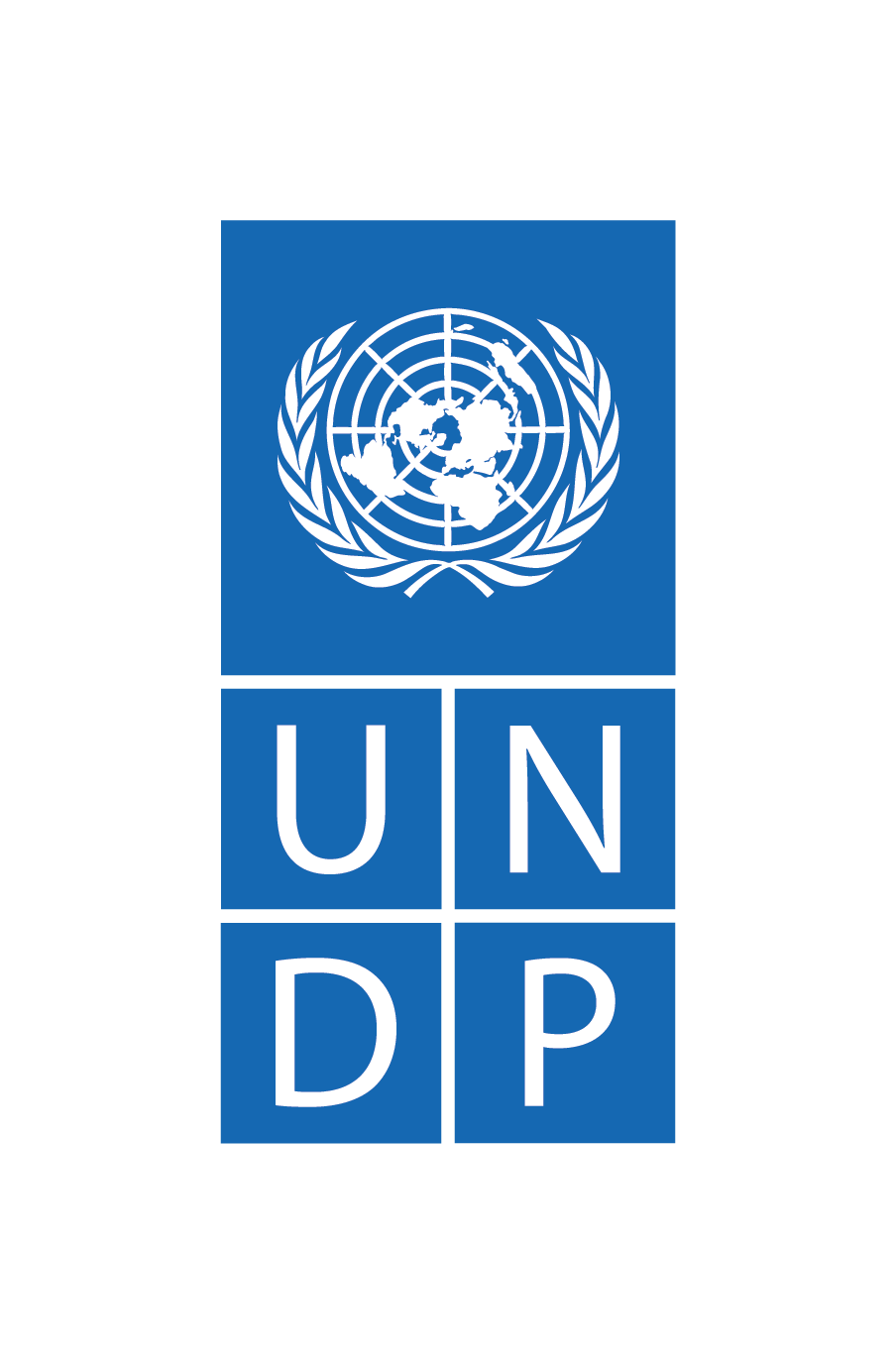Conducting the capacity assessment
Purpose
A capacity assessment is a participatory process that should consider the needs of a health programme or system as a whole, and where possible should look at all sectors and actors implementing complementary activities. In addition to supporting ministries of health, the assessment may address the capacity needs of national AIDS councils, health procurement bodies, health governance mechanisms, NGOs and civil society organizations (CSOs) involved in the implementation of health programmes. The capacity assessment report provides the basis for defining a draft capacity development plan.In the context of programmes funded by the Global Fund to Fight AIDS, Tuberculosis and Malaria (The Global Fund), note that the capacity assessment process described here is not intended to replace the Principal Recipient assessment performed by the Global Fund. The Global Fund assessment identifies capacity gaps from the viewpoint of risk to itself, while this assessment identifies capacity needs from the viewpoint of defining plans for improvement.
UNDP’s approach
UNDP helps to convene and facilitate the stakeholders of a health programme to:
- Plan the assessment: identify how the assessment will be conducted, including whether it will be conducted with or without support from an external facilitator; the type of information-gathering method used, such as group meetings, workshops and one-on-one assessment meetings; and which organizations will be involved.
- Confirm the scope of capacities to be assessed: review and update the specific skills and capacities to be assessed within each focus area. Depending on the country context, focus areas might include programme management, health information systems, procurement and supply chain management, financial management, and legal and policy environments.
- Review existing documentary evidence: review and capture existing documentary evidence of current capacity from previous assessments, strategy documents and audit reports.
- Conduct the assessment: capture strengths, needs and recommendations for each capacity.
- Verify the assessment: review and confirm initial findings from further discussions with relevant partners and stakeholders.
- Draft an assessment report if required: to consolidate the assessment results and develop draft conclusions.
Tools and guidance
UNDP has developed a set of capacity assessment tools that are tailored to the needs of ministries of health, large organizations such as international non-governmental organizations or networks, and local civil society organization (CSO) implementing partners. UNDP has also supported capacity assessment processes tailored to specific programme components, such as interventions for adolescent girls and young women and key populations.
Key considerations for conducting an effective capacity assessment can be found here.
Key resources
UNDP has developed the following tools and templates for capacity assessments and planning, in the context of implementing grants funded by the Global Fund.
Capacity Development for National Entities Implementing the Global Fund Grants:

Capacity Assessment and Planning tool – National PRs of Global Fund Grants
This comprehensive tool is designed for HIV, TB and Malaria with the main purpose to strengthen the systems and procedures of national entities to manage national programmes.
MS Excel

Capacity Assessment for Transition Planning Tool – Global Fund Grants
The tool is designed for assessing the capacity of potential PRs and to detail activities that need to take place before transition to a new Global Fund PR can fully occur.
MS Excel
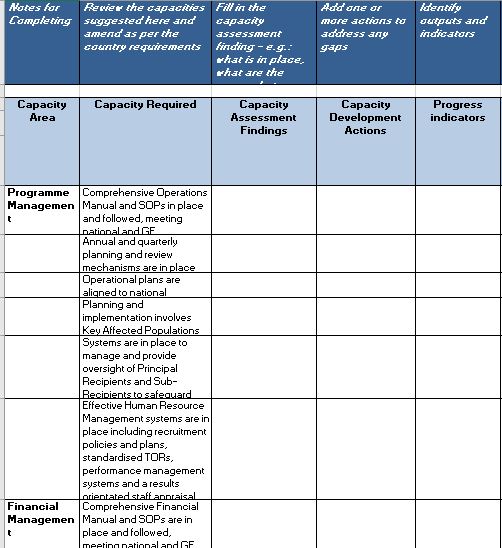
Rapid Capacity Assessment and Planning tool – National PRs of Global Fund Grants
This rapid tool is designed for HIV, TB and malaria with the main purpose to strengthen the systems and procedures of national entities to manage national programmes.
MS Excel
Capacity Development for Other Implementers:
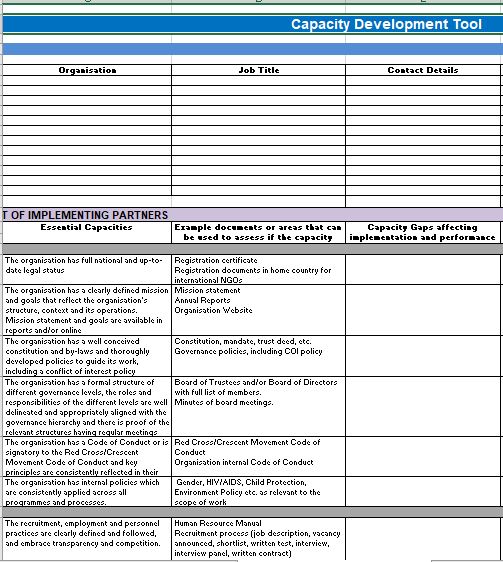
Civil Society Organization Capacity Assessment and Development Tool
This tool is to support the capacity assessment and development of CSOs, covering programme management, monitoring and evaluation, financial management and procurement.
MS Excel
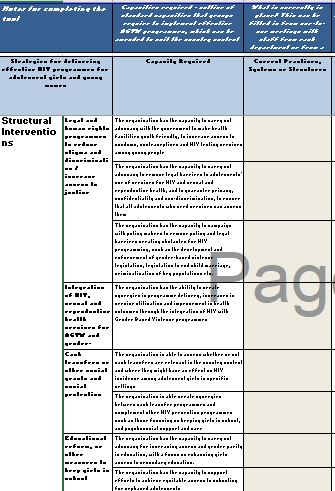
Capacity Development Assessment Tool Template – HIV Prevention for Adolescent Girls and Young Women
A tool to assess the capacity of organizations to develop and implement HIV prevention programmes focusing on adolescent girls and young women.
MS Excel

Capacity Assessment Tool – Global Fund Regional Grants
The plan outlines and prioritizes capacity development objectives, interventions and output indicators designed to enhance implementers’ capacity in multiple countries.
MS Excel
Terms of References Templates:
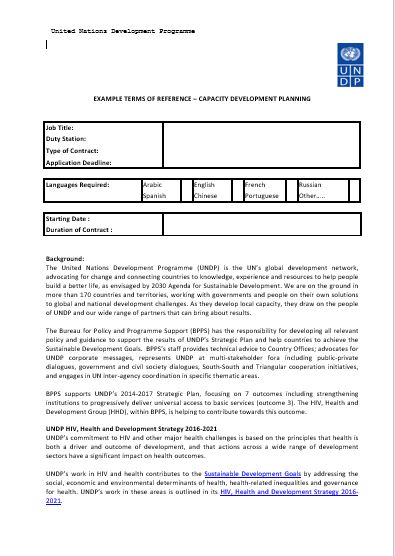
Generic TOR CD Planning
Example document and template for writing terms of reference for capacity development planning.
MS Word

Generic TOR CD and Transition Planning
Example document and template for writing terms of reference for capacity development and transition planning.
MS Word
Resources for Strengthening National Strategic Plans:

Joint Assessment of National Health Strategies (JANS)
These tools & guidelines provide a shared approach to assess the strengths and weaknesses of a national health strategy or plan. JANS can support the assessment of what is required to develop resilient and sustainable health systems.
PDF
